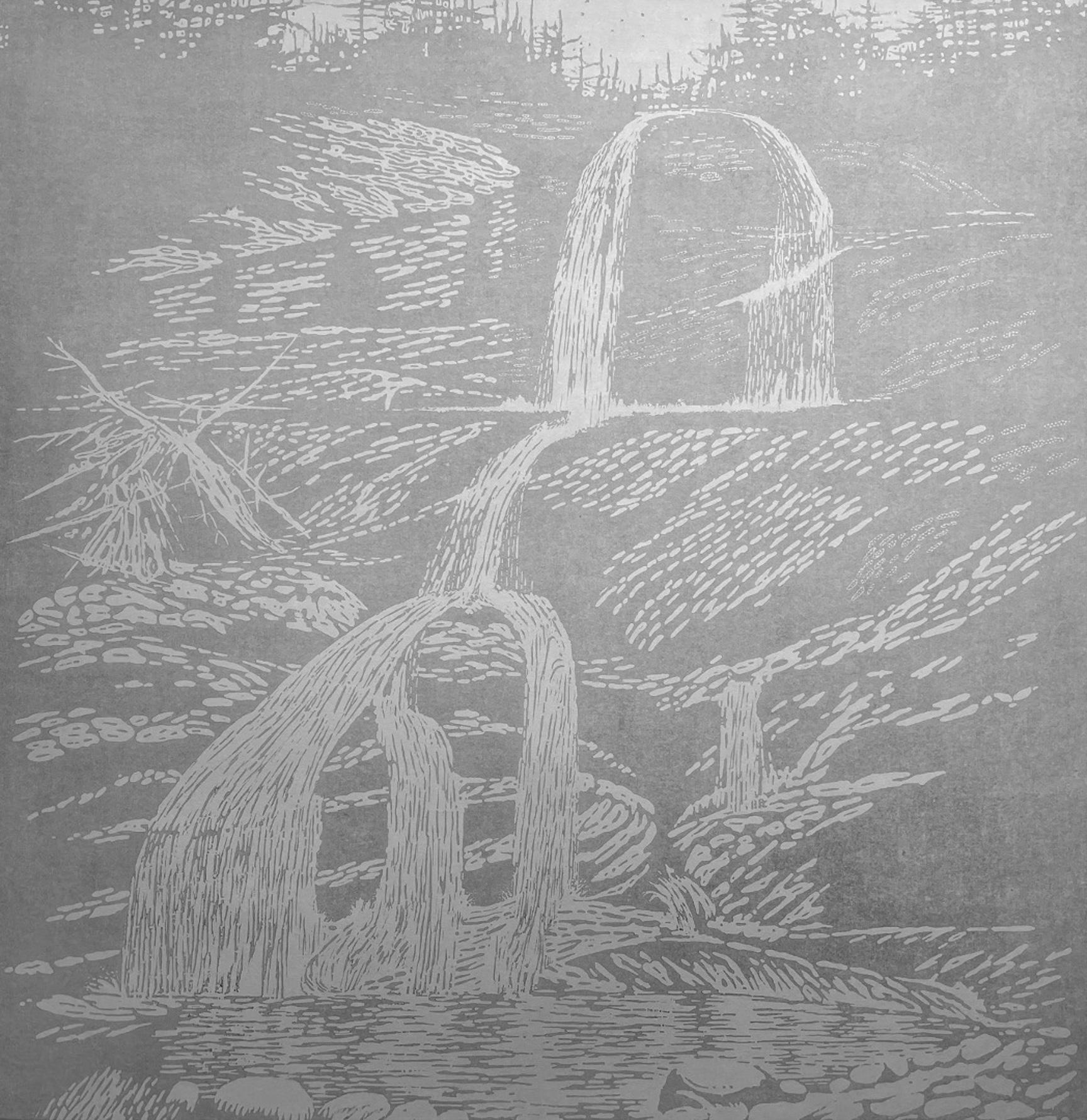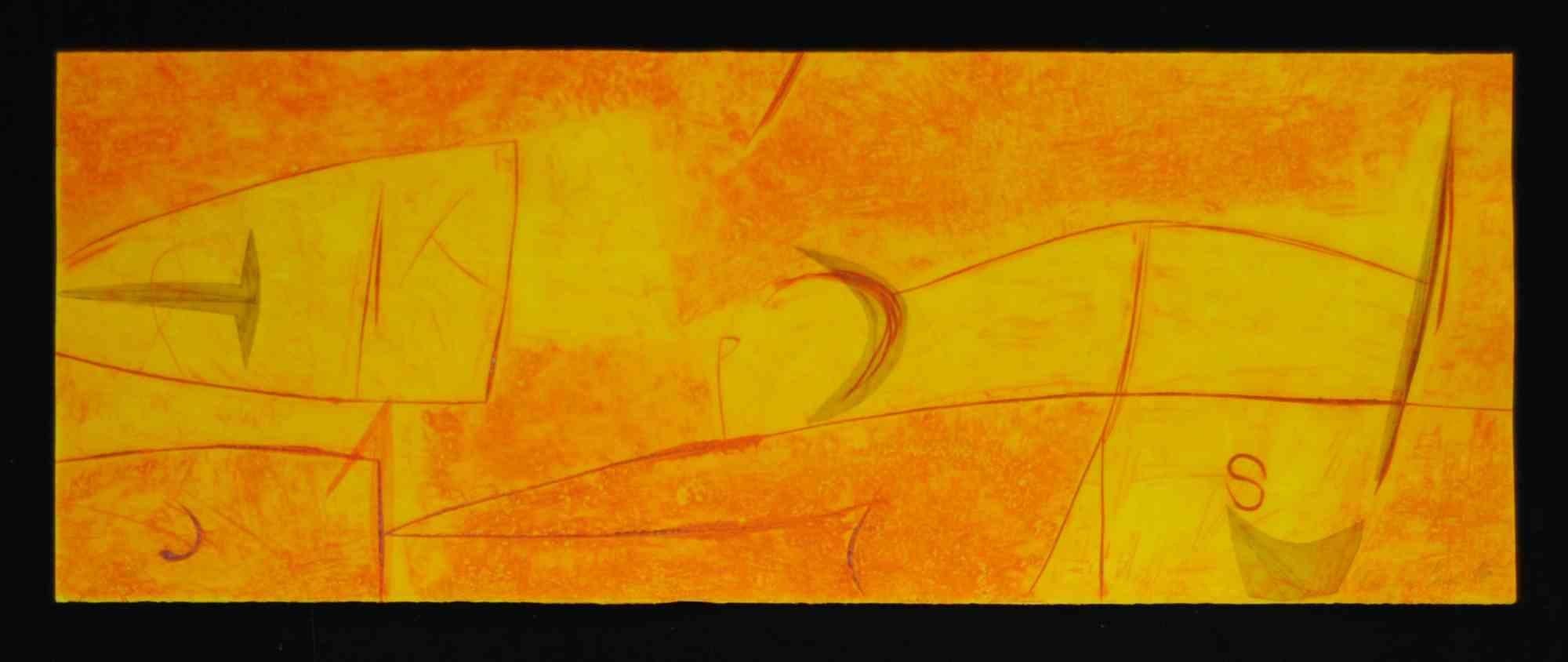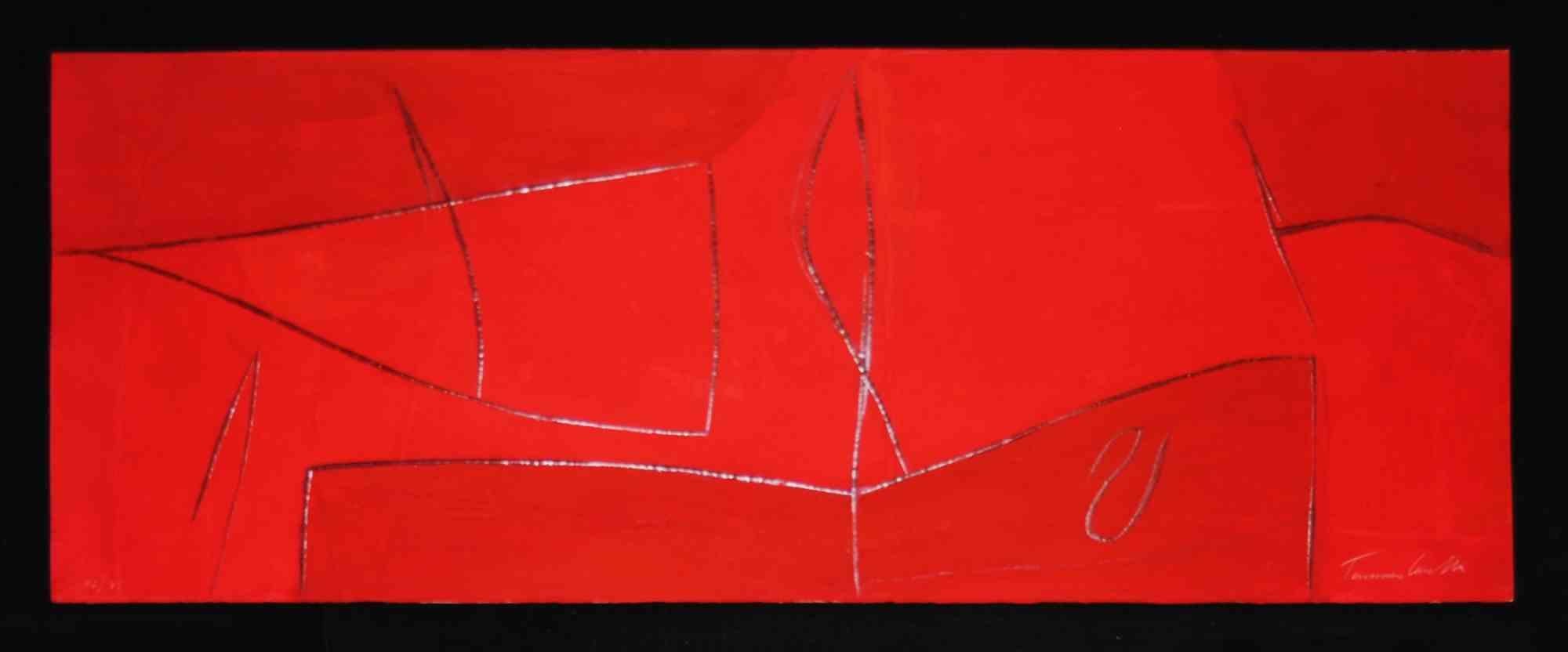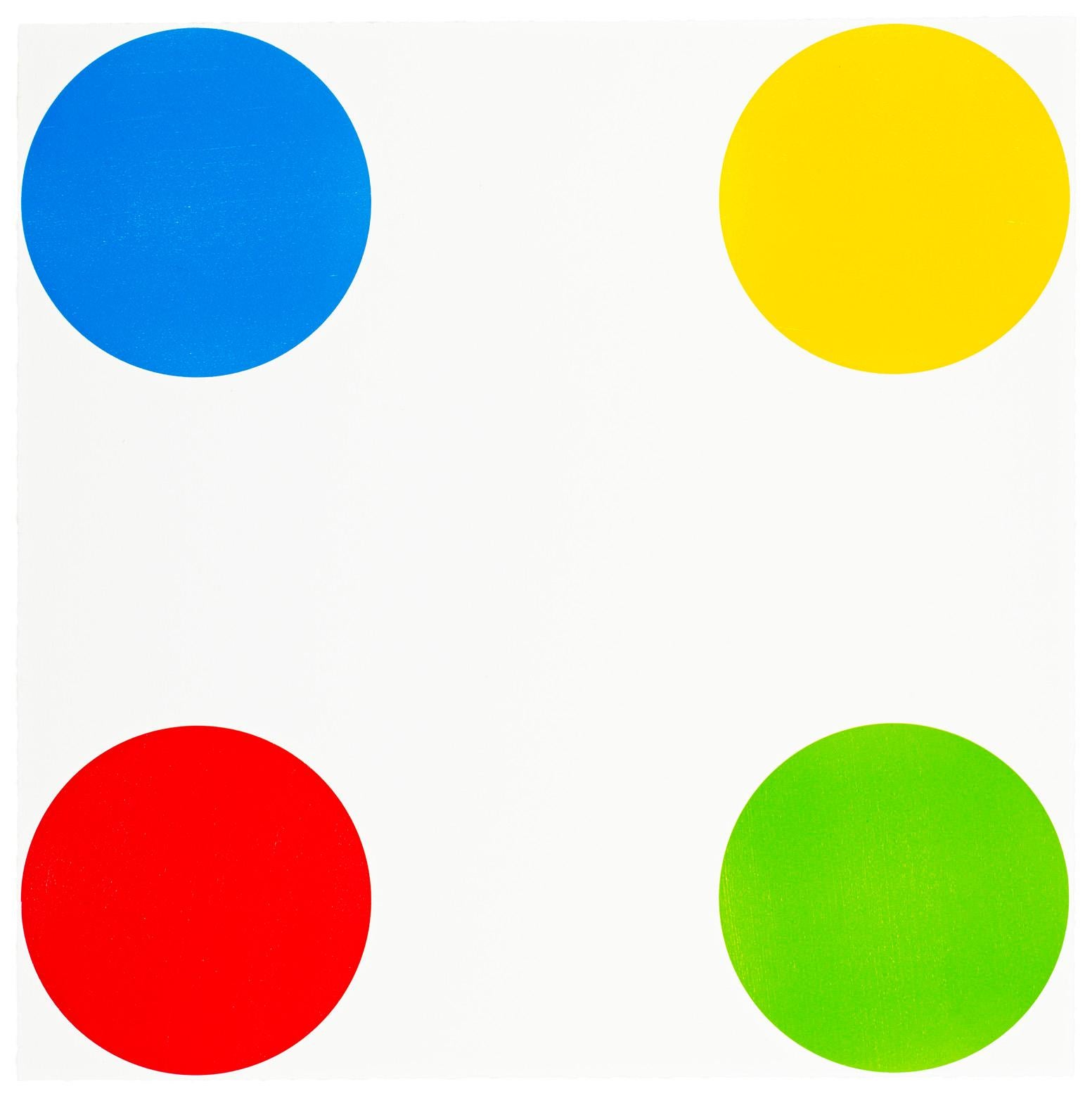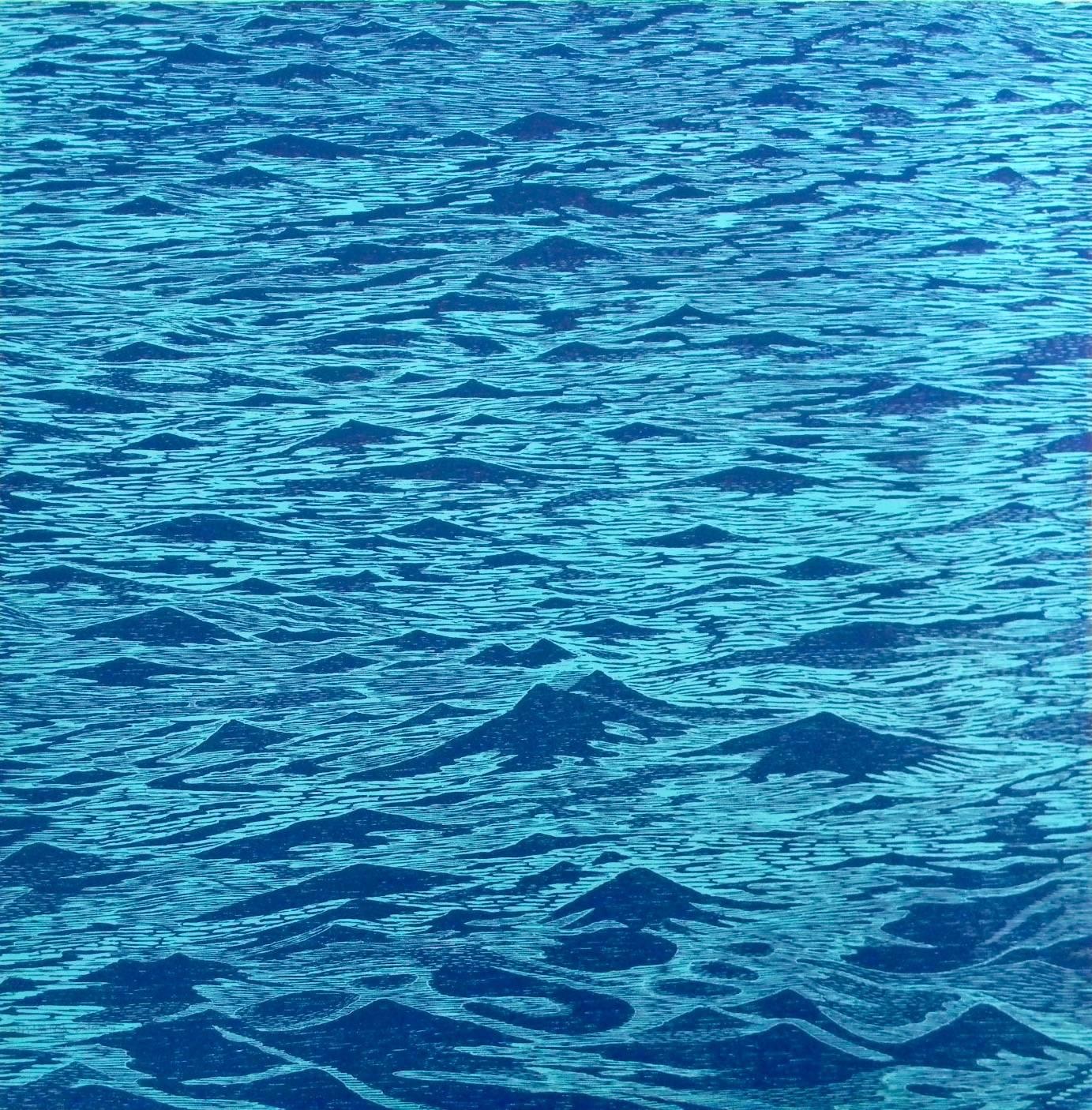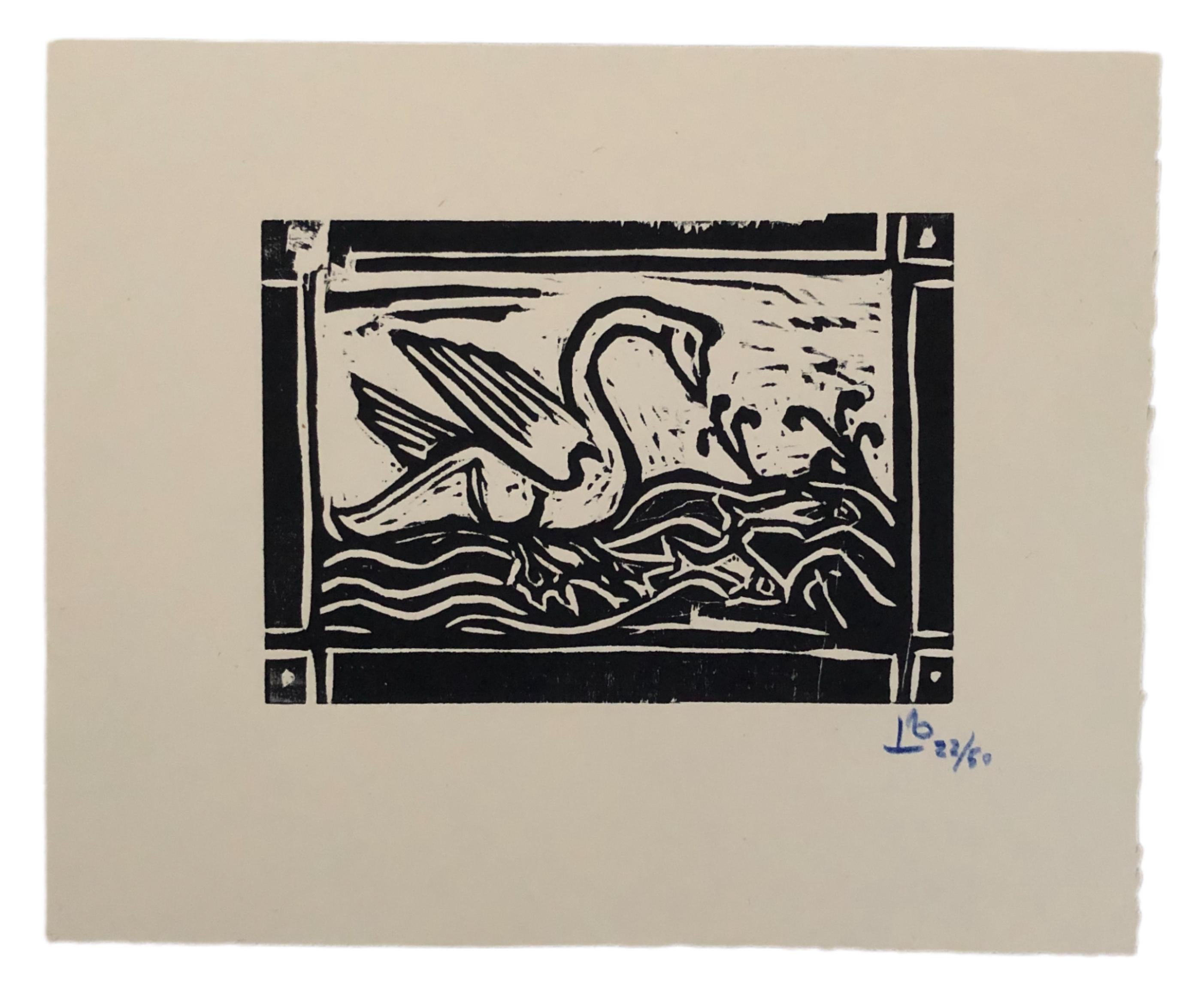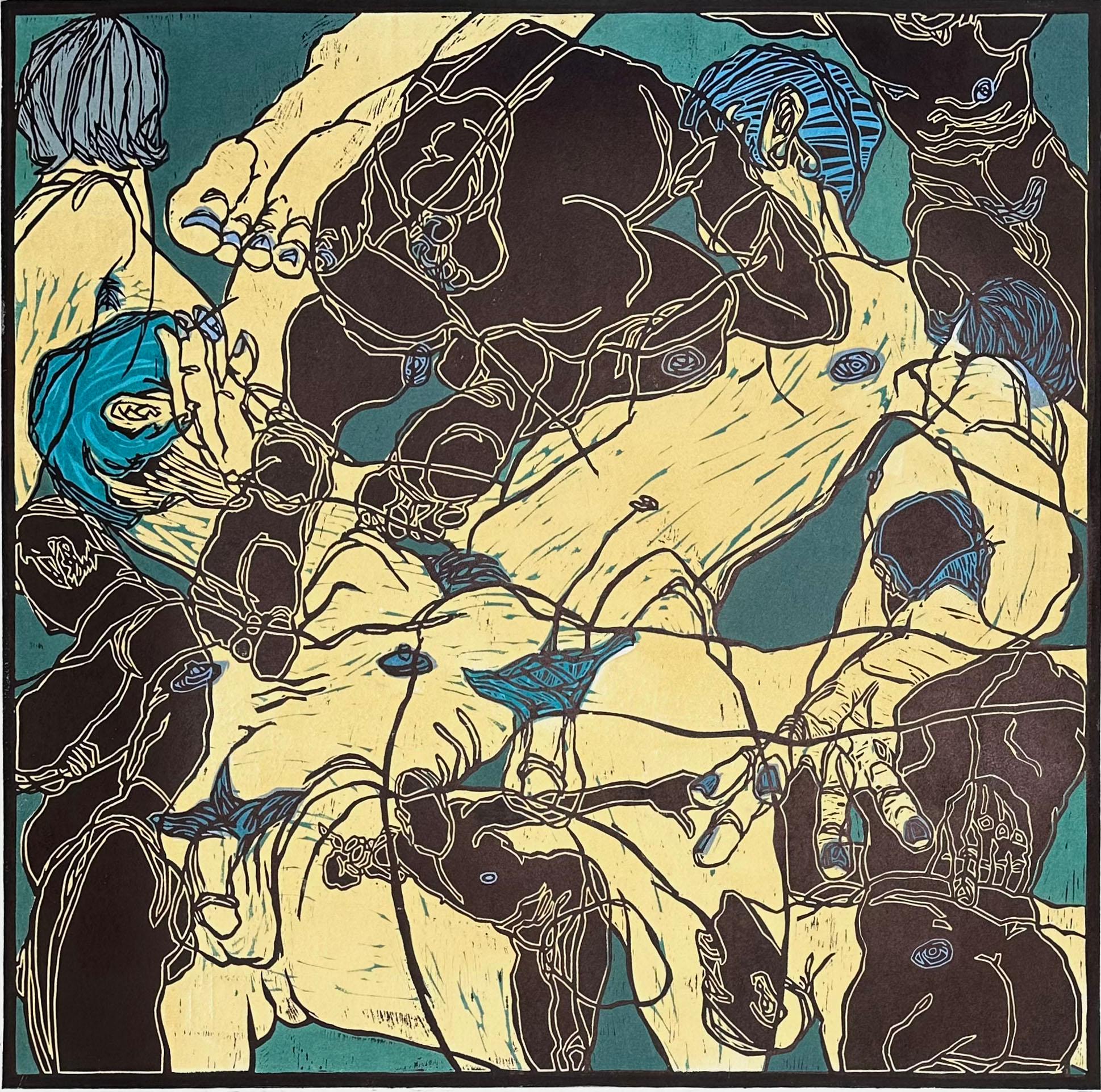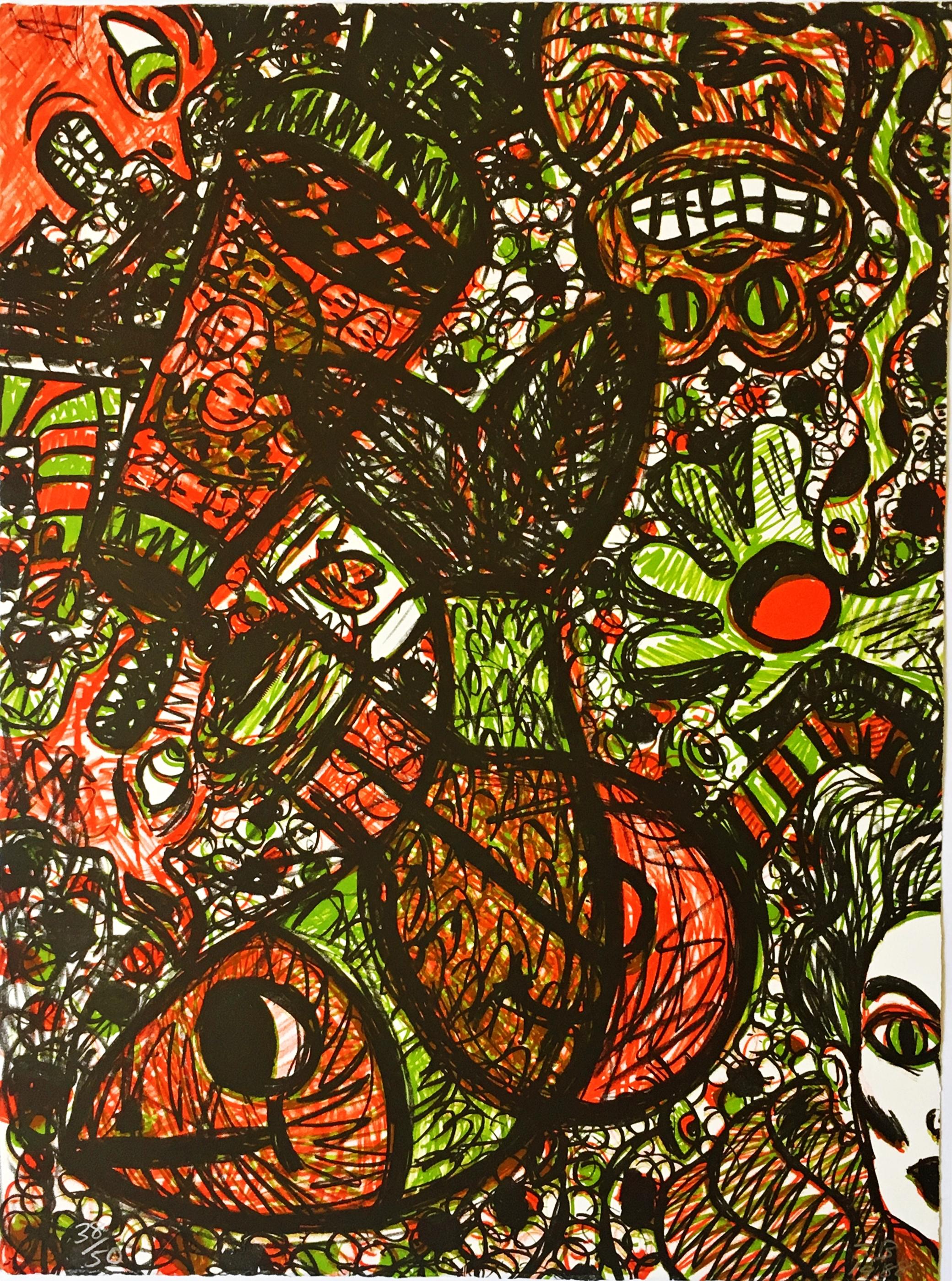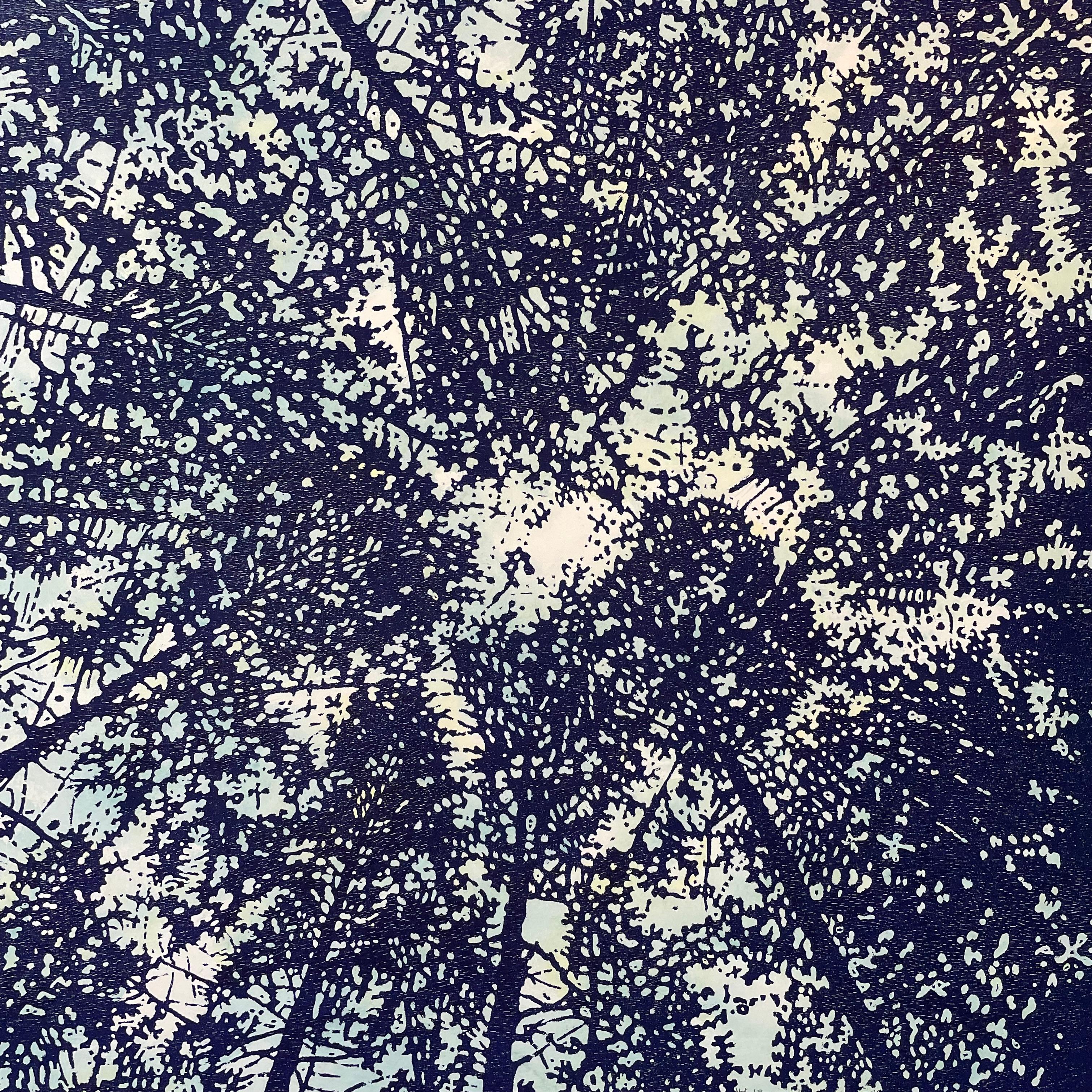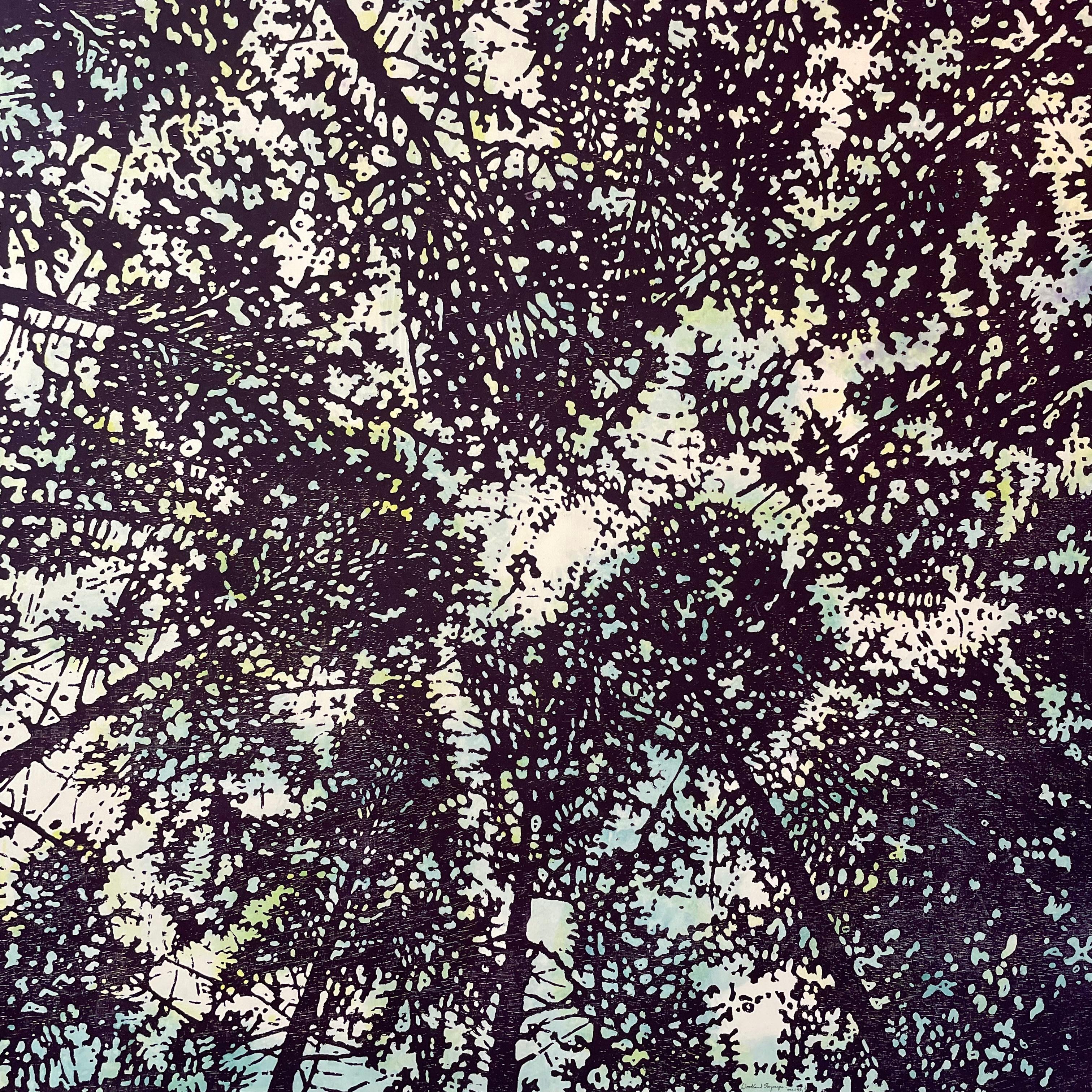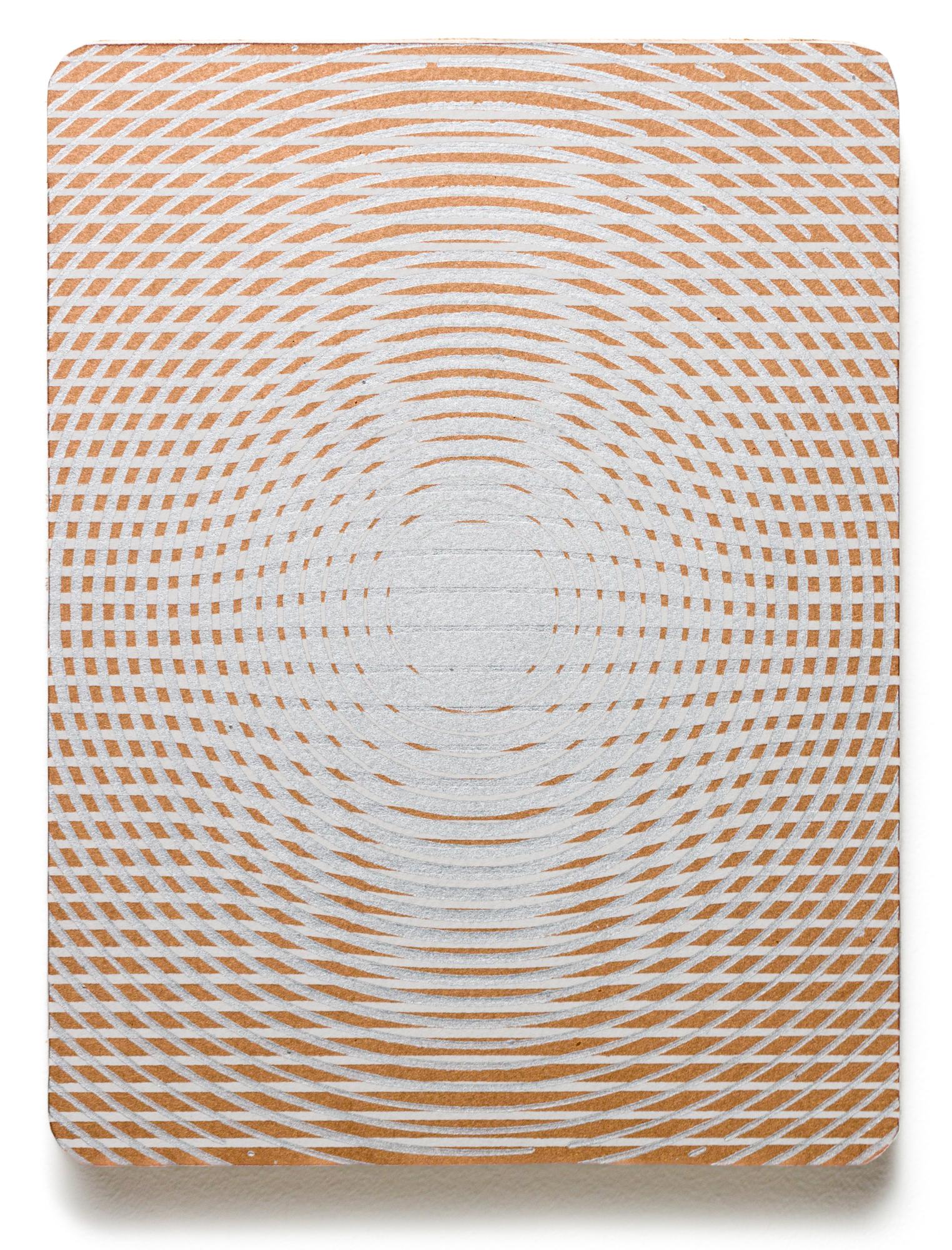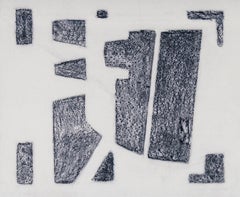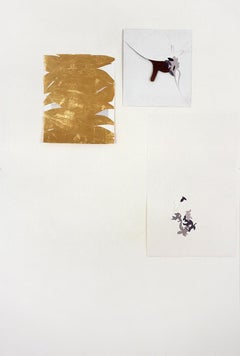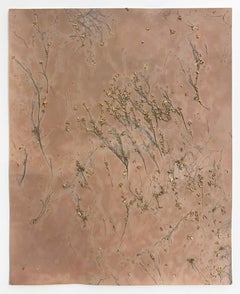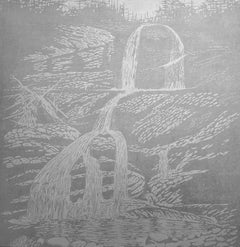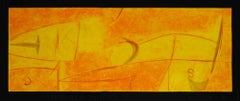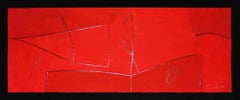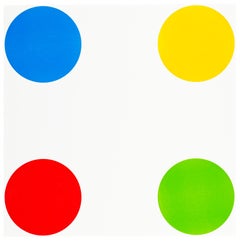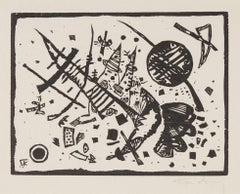
Holzschnitt für die Ganymed-Mappe
View Similar Items
Wassily KandinskyHolzschnitt für die Ganymed-Mappe1924
1924
About the Item
- Creator:Wassily Kandinsky (1866 - 1944, Russian)
- Creation Year:1924
- Dimensions:Height: 9.5 in (24.13 cm)Width: 12.375 in (31.44 cm)
- Medium:
- Movement & Style:
- Period:
- Condition:
- Gallery Location:New York, NY
- Reference Number:1stDibs: LU93239576992
Wassily Kandinsky
“Color is a means of exerting a direct influence upon the soul,” wrote the pioneering abstract artist Wassily Kandinsky. The Russian-born painter and theorist dedicated his life to using abstract compositions of form and color to express deep emotion as well as to depict the language of music through visuals.
Kandinsky was part of a crucial moment in art history — the early 20th century — that saw the rise of movements like Cubism. He embraced styles such as Surrealism and Fauvism and was a leading figure in bringing together Der Blaue Reiter (the name means “The Blue Rider” after one of Kandinsky’s paintings) in 1911, a group of avant-garde artists in Munich, including Paul Klee and Franz Marc, who explored spiritual concepts through their art as a response to the materialism of the time. Kandinsky also led courses on analytical drawing and color at the Bauhaus. He was appointed by founder and architect Walter Gropius to teach in Weimar in 1922. He taught at all three of the legendary school’s locations and remained with the institution until its forced closure by the Nazi party in Berlin.
The artist had the rare and unusual trait of synesthesia, the neurological ability to perceive things using multiple senses. In Kandinsky’s case, it was the gift of “seeing” music, and music appeared in every aspect of his work, including the titles of his series “Compositions,” “Improvisations” and “Impressions.” He once described the experience of painting using a musical metaphor: “I had little thought for houses and trees, drawing colored lines and blobs on the canvas with my palette knife, and making them sing just as powerfully as I knew how.”
While Kandinsky isn’t the first abstract artist — mystically inclined painter Hilma af Klint was making nonrepresentational art well before him — he certainly had the biggest impact on establishing the style. His paintings inspired the likes of Jackson Pollock, Willem de Kooning and other Abstract Expressionists. From his Untitled (First Abstract Watercolor) painted in 1910 to future works, his unique take on using color and flair for bold, experimental compositions, Kandinsky is one of the most important figures of early-20th-century art.
Find original Wassily Kandinsky art, including paintings and prints, on 1stDibs.
More From This Seller
View All1990s Contemporary Prints and Multiples
Digital
Early 2000s Contemporary Mixed Media
Gold Leaf
2010s Contemporary Mixed Media
Mixed Media, Silver Gelatin
1980s Contemporary Abstract Prints
Silver Gelatin
Early 2000s Contemporary Abstract Photography
C Print
2010s Contemporary Abstract Photography
C Print
You May Also Like
2010s Contemporary Abstract Prints
Ink, Archival Paper, Woodcut
20th Century Contemporary Abstract Prints
Woodcut
20th Century Contemporary Abstract Prints
Woodcut
2010s Contemporary Abstract Prints
Woodcut
2010s Contemporary Abstract Prints
Archival Ink, Archival Paper, Woodcut
21st Century and Contemporary Contemporary Abstract Prints
Woodcut
Recently Viewed
View AllRead More
Lori Grinker’s Artful Photographs of a Young Mike Tyson Are a Knockout!
The New York photographer tells us how an encounter with the then-13-year-old boxer led to a decade-long project that saw them both go pro.
In Marc Yankus’s Photos, New York Landmarks Are Pristinely Devoid of People
A new exhibition at Manhattan's ClampArt gallery shows off the artist's portraits of urban architectural icons.
